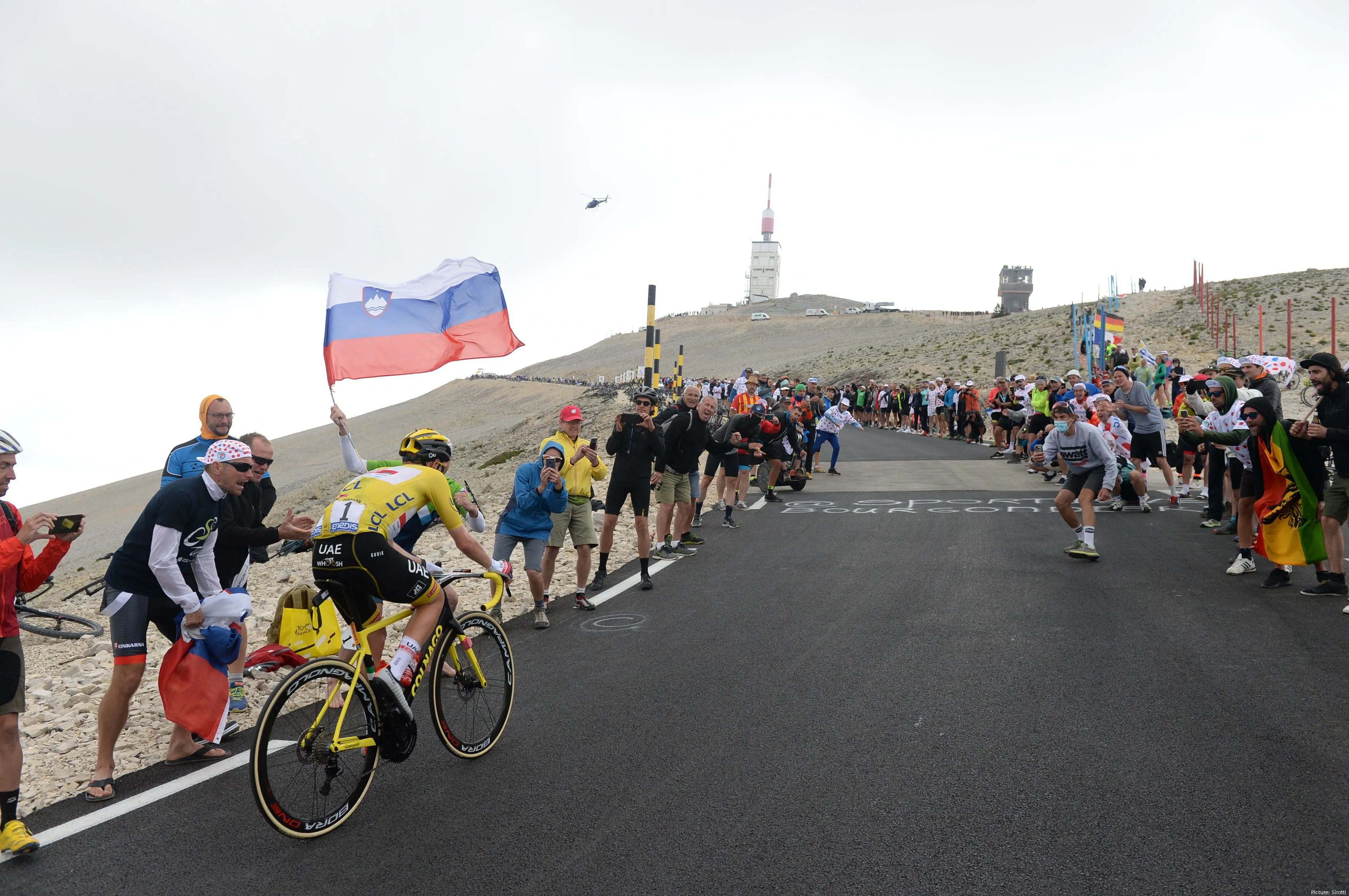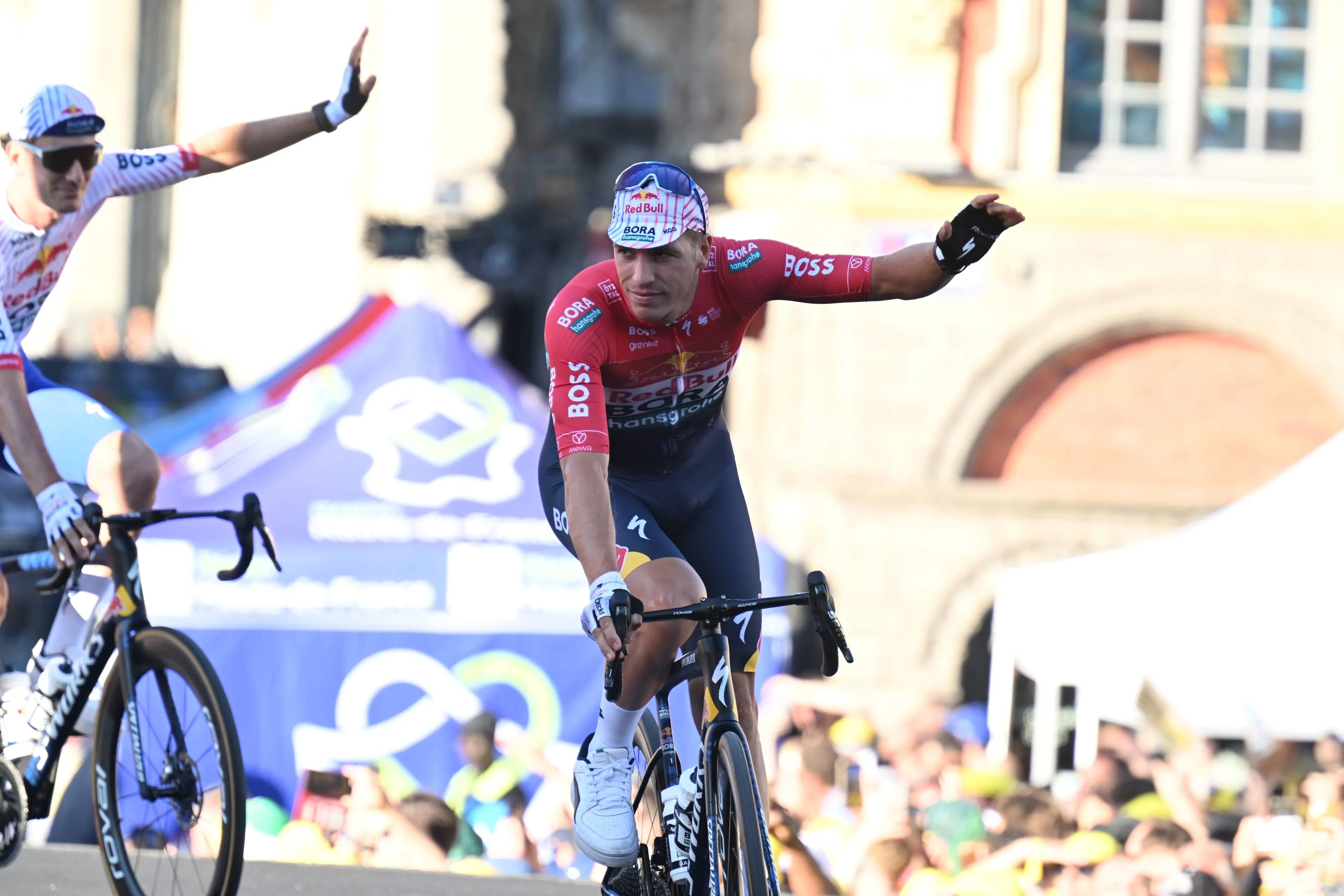International Mountain Day: Celebrating the legendary climbs at the Tour de France, Giro d'Italia, and Vuelta a Espana
CyclingWednesday, 11 December 2024 at 13:00

Today, Wednesday 11th December, we celebrate International
Mountain Day. For cycling fans, mountains are far more than stunning backdrops,
they are where legends are born and the most thrilling chapters of the sport
are written. From the brutal ascents of the Tour de France to the punishing
gradients of the Vuelta a Espana, the world’s most iconic climbs have pushed
riders to their limits, delivering unforgettable moments that define our sport.
Without these awe-inspiring landscapes, cycling’s most
famous events (the grand tours) would lose much of their magic. On this special
day, we take a closer look at some of the sport’s most legendary mountains,
exploring what makes each climb so unique, and which riders have etched their
name into each pass.
Read also
Alpe d’Huez
Alpe d’Huez is perhaps the most famous climb in cycling.
Located in the French Alps, this iconic ascent stretches for 13.8 kilometres at
an average gradient of 8.1%. The climb is renowned for its 21 hairpin bends, with
the sea of orange at Dutch corner one of the greatest sights in the Tour.
The mountain first appeared in the Tour de France in 1952
when Fausto Coppi took victory, becoming the first rider to win a summit finish
at Alpe d’Huez, and since then, it has been the site of countless historic
moments. Dutch riders dominated the mountain in the 1970s and 1980s, earning it
the nickname "Dutch Mountain." Memorable victories include Marco
Pantani’s record-breaking ascent in 1997 and Geraint Thomas’ triumph in 2018,
which was not only the first British win on the mountain, but set the Welshman on
his path to becoming Tour de France champion.

Geraint Thomas became the first British winner on Alpe d'Huez in 2018
Its electrifying atmosphere, with thousands of fans lining
the narrow bends, makes Alpe d’Huez a stage unlike any other. It’s not just a
climb; it’s a theatre of dreams and despair.
Read also
Mont Ventoux
Mont Ventoux, often called the "Giant of
Provence," is one of the most daunting climbs in professional cycling.
Rising to an altitude of 1,909 metres, the climb is infamous for its exposed,
rocky summit, which leaves riders battling fierce winds and extreme heat. The
ascent varies depending on the approach, but the classic route from Bédoin is a
gruelling 21.5 kilometres at an average gradient of 7.5%.
Read also
Ventoux has been the setting for some of the Tour de
France’s most dramatic moments. In 1967, it was tragically where Tom Simpson
passed away due to exhaustion and dehydration. In 2013, Chris Froome delivered
one of his most iconic performances, attacking near the summit to claim victory
and move one step closer to winning his first yellow jersey.
Ventoux is definitely one of the most formidable climbs in
cycling, and it will return for next year’s edition of the Tour de France.
Col du Tourmalet
The Col du Tourmalet is the most frequently used climb in
the history of the Tour de France, making it synonymous with the race itself.
Located in the Pyrenees, it reaches an altitude of 2,115 metres and stretches
for 19 kilometres at an average gradient of 7.7%.

Jonas Vingegaard rode the Tourmalet at the Tour de France and the Vuelta a Espana in 2023
Its importance in cycling history cannot be overstated.
First featured in the Tour in 1910, it was part of the first-ever high mountain
stage, pushing riders beyond what many thought was humanly possible. Eugène
Christophe famously carried his bike for miles after breaking his fork on the
Tourmalet in 1913, showing just how far riders would push themselves even in
the early days of the Tour.
Recent winners include Thibaut Pinot in 2019 in one of the
best moments in recent history for French cycling fans, and Jonas Vingegaard in
2023 at the Vuelta a Espana, where he road away from all his rivals on a day
where Remco Evenepoel crumbled. Its sheer difficulty, combined with its rich
history, makes the Tourmalet a crown jewel of professional cycling, and one of
the most important climbs in the sport.
Read also
Stelvio Pass
The Stelvio Pass is one of the highest and most breathtaking
climbs in professional cycling. Situated in the Italian Alps, the climb reaches
an elevation of 2,758 metres, making it the highest paved mountain pass in the
Eastern Alps. The classic ascent from Prato allo Stelvio is 24.3 kilometres
long with an average gradient of 7.4%, featuring 48 hairpin bends.
Read also
The Stelvio is most famously associated with the Giro
d’Italia, where it has been the scene of some of the Italian grand tours
greatest battles. In 2017, Tom Dumoulin memorably stopped to answer nature’s
call on its slopes, a moment that could have cost him the Giro but ultimately
didn’t. In 2020, Jai Hindley and Tao Geoghegan Hart engaged in an unforgettable
duel on the Stelvio, as they fought for the pink jersey
The climb’s high altitude means riders must contend with
thin air, freezing temperatures, and relentless gradients for nearly 25 brutal
kilometres. For those of us who don’t have to ride up it, it’s simply one of
the most stunning sights in sport.
Read also
Alto de l'Angliru
The Alto de l'Angliru, located in the Asturias region of
Spain, is one of the most fearsome climbs that often sees riders ascending into
the clouds. Its gradients are legendary, with pitches exceeding 23% on its
12.5-kilometre ascent. The average gradient of 10.1% does nothing to prepare
you for just how difficult this climb is, which has often been the decisive
stage of the Vuelta a Espana.
The Angliru first appeared in the Vuelta in 1999, with José
María Jiménez taking the inaugural win. Since then, it has become a
battleground for the strongest climbers, including Chris Froome and Alberto Contador,
and it was the Spaniard who secured victory in 2017. Most recently, Primoz
Roglic added his name to the list of winners in 2023, in the famous race where
he and Primoz Roglic abandoned Sepp Kuss.
Read also
Known as one of the hardest climbs in the sport, the
Angliru’s relentless gradients and unpredictable weather conditions make it a
stage that strikes fear into even the toughest riders.
On International Mountain Day, it’s only fitting to
celebrate the incredible climbs that have defined the history of cycling. From
the switchbacks of Alpe d’Huez to the punishing gradients of the Angliru, these
mountains are more than just roads, they are the places in which cycling separates
the true greats, from the nearly men. So which climbs have we left off the list
that are also legendary in the sport of cycling?
⛰️ Today we're celebrating International Mountain Day, the land of champions' greatest feats! ⛰️
— Le Tour de France Femmes avec Zwift (@LeTourFemmes) December 11, 2024
⛰️ Aujourd'hui, on célèbre la journée internationale de la montagne, terrain des plus grands exploits des championnes ! ⛰️#WatchTheFemmes pic.twitter.com/rU8tf7PgqH
claps 0visitors 0
Just in
Popular news
Latest comments
- Hopefully it's for more money than his previous year. That said, he also knows that 2 even younger riders with a potentially higher ceiling could replace him. So he's still fortunate to be part of a team that wins.Veganpotter16-12-2025
- No mention to their best cyclist? Paul Magnier. Save my words.
 PAULO16-12-2025
PAULO16-12-2025 - Surprising to write an article on future of Soudal and not even mention Paul Magnier who had a superlative year in 2025. Looking forward to seeing him progress in 2026.mobk16-12-2025
- Overall, the level has gone up amongst the top 3 or 4 teams... Except for Ineos, the level has gone down.
 Front24216-12-2025
Front24216-12-2025 - So long as Tadej doesn't turn into a raging Cav or Wiggins, status quo will prevail.Colnago-fan16-12-2025
- The UCI have stated that Carboni's biological passport irregularities were from 2024, when he was riding for JCL Team UKYO. The details matter.
 santiagobenites16-12-2025
santiagobenites16-12-2025 - Well, it might sound very arrogant or like a put down. I think his words are pretty accurate and a good assessment on the physique or formOnepiece16-12-2025
- Johansen gets a year and the 'big stars' get big bucks and everything...' Gianetti - hard fkr
 leedorney16-12-2025
leedorney16-12-2025 - Pedersons talent doesn't need to be doubted - he won the world's in Yorkshire in atypical weather for that area and that's a win in itself!
 leedorney16-12-2025
leedorney16-12-2025 - Yeah, it's basically a form of clickbait to make you click on the headline and spend a few seconds reading to find out who it is. That helps with the analytics that advertisers are looking for (i.e. how long readers are spending on the page).Pogboom16-12-2025
Loading
Write a comment













